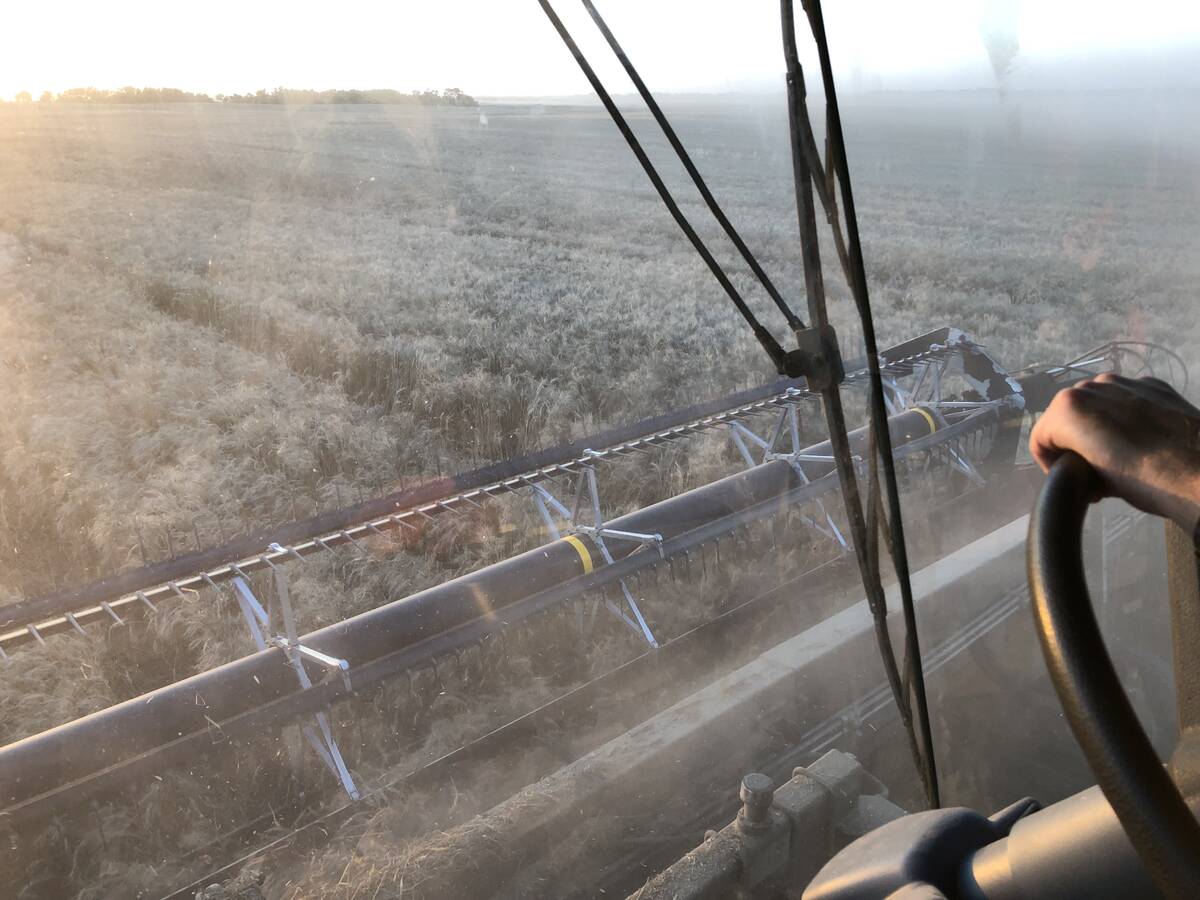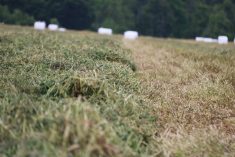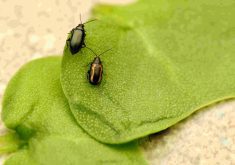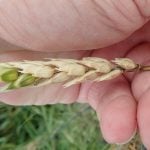Many common crop rotations in Manitoba are selecting for Group 2 herbicide resistance, as well as pushing resistance to other herbicide groups, says a U.S. weed specialist.
Jeff Stachler of Ohio State University’s Auglaize County Extension Office told the recent Manitoba Agronomists Conference that a good rotation, not just of crops, but also of herbicides with different modes of action, is the first defence against herbicide resistance.
The list of weeds resistant to Group 2 herbicides is growing across Western Canada and there are now at least 12 weed species in Manitoba resistant to Group 2 herbicides. (See sidebar for list.) Of those Group 2-resistant weeds in Manitoba, kochia, wild oats and green foxtail have multiple resistance to at least two other herbicide groups.
Read Also

UPDATED: Mail strike disrupts grain sample delivery
The Canadian Grain Commission has asked farmers to consider delivering harvest samples directly to CGC offices, services centres or approved drop offs as Canada Post strike delays mail.
“Once you have resistance to more than one site of action, life becomes a whole lot more difficult,” Stachler said. “In wild oats, for example, there is one biotype that is resistant to three different sites of action — Groups 1, 2 and 8.”
Across the Prairies, kochia is resistant to Group 2 and Group 9 (glyphosate) herbicides, and in North Dakota and Montana it’s also resistant to Groups 4 and 5.
Mixing modes of action
Stachler said that as an example, a rotation of wheat using a product like Simplicity, followed by a dry bean using something like Solo, and then Express Sunflower using Express Pro is a good crop rotation, but an ineffective herbicide rotation for controlling Group 2 resistance.
“All of these (Group 2) herbicides are using ALS chemistry, and certainly wild oats and green foxtail are not being controlled,” said Stachler.
A more common rotation is canola and wheat, but if growers use a Clearfield canola with Odyssey Ultra (Group 2) and wheat using something like Harmony SG (combining a Group 1 and 2 product) they are still pushing hard for resistance.
“A better solution would be to rotate different canola varieties in addition to the Clearfield with Liberty (Group 10) and Roundup (Group 9) which will be more positive for the rotation,” Stachler said. “The Harmony SG isn’t going to get all your broadleaf weeds either, so throwing in some Group 4 herbicide will give more broad-spectrum control.”
A better rotation from a Group 2-resistance standpoint is wheat using a Group 4 product such as Prestige, then Liberty Link canola (Group 10), followed by wheat with another Group 4 such as Pixxaro, and finally something such as Solo (Group 2) on Clearfield Sunflowers.
“But you are then pushing for Group 4 resistance in some of the broadleaf weeds,” said Stachler. “Although throwing Liberty into that system is reducing that problem and then you are only using ALS chemistry with the sunflower.”
Resistant kochia in soybeans
Soybeans are now the third-largest crop in Manitoba, but herbicide options are limited, with most containing glyphosate.
“Continuous soybeans or a soybean and corn rotation using only glyphosate herbicides, and no soil-applied products is going to give a problem with resistant kochia,” Stachler said.
“Corn and soybeans followed with wheat using something like Harmony K (which contains Group 1, 2 and 4 products) will give different modes of action. But what we’re seeing in North Dakota is that some of the pre-harvest glyphosate applications are helping to select for kochia that also survives Group 4 herbicides used in wheat, so it’s pushing multiple resistance.”
Premix concerns
Premixes that contain multiple chemistries are an option that farmers like because of their convenience, but Stachler warned that each different product needs to provide proper control for all targeted weeds.
“A premix that is going to be most effective needs to have each herbicide or site of action in that mix to have equal control on the different weed species you have in your field,” Stachler said. “But many of our premixes do not have overlapping weed control. They create a specific ratio of ingredients and sometimes those ratios might be switched so one product is a little less than what you might need based on some of the weed species that are in the population.”
Get rid of survivors
Stachler said growers must be vigilant and control any weeds that survive a herbicide that’s supposed to kill them. “We still see situations where producers who have just a few weeds in the field don’t do anything to control them,” he said. “It’s the survivors that are going to cause the problem and so producers need to react quickly to a changing weed population.”
















